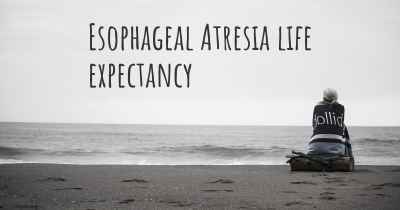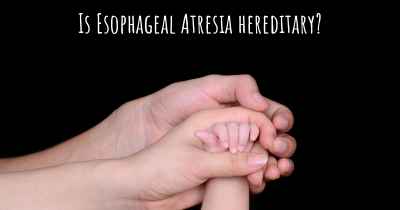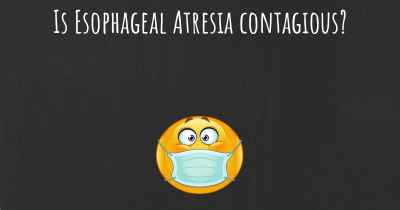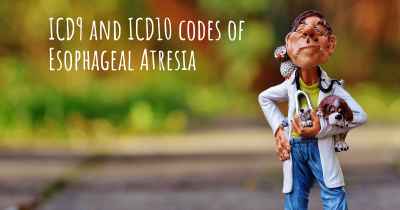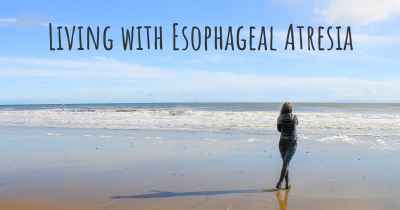What is the history of Esophageal Atresia?
When was Esophageal Atresia discovered? What is the story of this discovery? Was it coincidence or not?
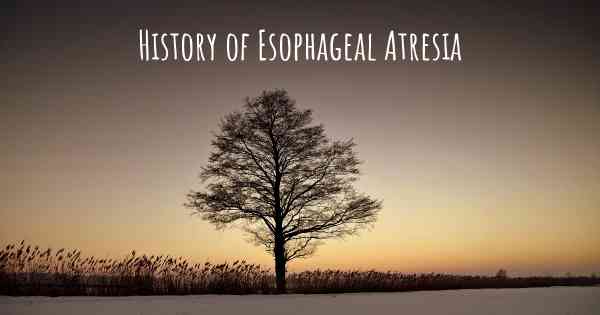
Esophageal Atresia: A Historical Overview
Esophageal atresia (EA) is a congenital condition characterized by the incomplete development of the esophagus, the tube that connects the throat to the stomach. This condition was first described in the medical literature in the early 17th century, although its true nature and causes were not fully understood until much later. Over the years, significant advancements have been made in the diagnosis and treatment of EA, leading to improved outcomes for affected individuals.
Early Observations and Misunderstandings
The earliest recorded mention of EA dates back to 1635 when a French physician named Ambroise Paré described a case of a newborn with an inability to swallow. However, it wasn't until the late 19th century that the condition was more accurately characterized. In 1873, a German surgeon named Carl Siegmund Franz described the presence of a blind pouch in the esophagus, which he termed "atresia." This observation laid the foundation for further research and understanding of EA.
Advancements in Diagnosis and Treatment
Throughout the 20th century, significant progress was made in diagnosing and treating EA. In the early years, the condition was often fatal due to the lack of effective interventions. However, in the 1940s, the development of X-ray imaging techniques allowed for better visualization of the esophagus, leading to improved diagnosis.
Surgical Interventions
The first successful surgical repair of EA was performed in 1941 by Dr. David H. Smith, an American pediatric surgeon. He developed a technique known as the "end-to-end anastomosis," which involved connecting the two ends of the esophagus. This groundbreaking procedure marked a significant milestone in the treatment of EA and paved the way for further advancements.
Advances in Anesthesia and Neonatal Care
Over the years, advancements in anesthesia and neonatal care have played a crucial role in improving outcomes for infants with EA. The development of specialized neonatal intensive care units (NICUs) equipped with advanced monitoring and respiratory support systems has significantly reduced the mortality rate associated with EA.
Long-Term Management and Complications
While surgical repair of EA is often successful, long-term management and potential complications remain important considerations. Many individuals with EA may experience gastroesophageal reflux disease (GERD), feeding difficulties, or respiratory issues. Ongoing medical care, including regular follow-ups and specialized interventions, is necessary to address these challenges and ensure optimal quality of life.
Current Research and Future Directions
Research in the field of EA continues to explore new treatment modalities and improve outcomes. Advances in minimally invasive surgical techniques, such as thoracoscopic repair, have shown promising results in reducing postoperative complications and improving recovery time. Additionally, genetic studies are shedding light on the underlying causes of EA, potentially leading to targeted therapies in the future.
Conclusion
Esophageal atresia has come a long way since its initial description centuries ago. Through the efforts of dedicated researchers and healthcare professionals, significant progress has been made in understanding, diagnosing, and treating this condition. While challenges remain, ongoing advancements in medical technology and research offer hope for further improvements in the management and outcomes of individuals with EA.
